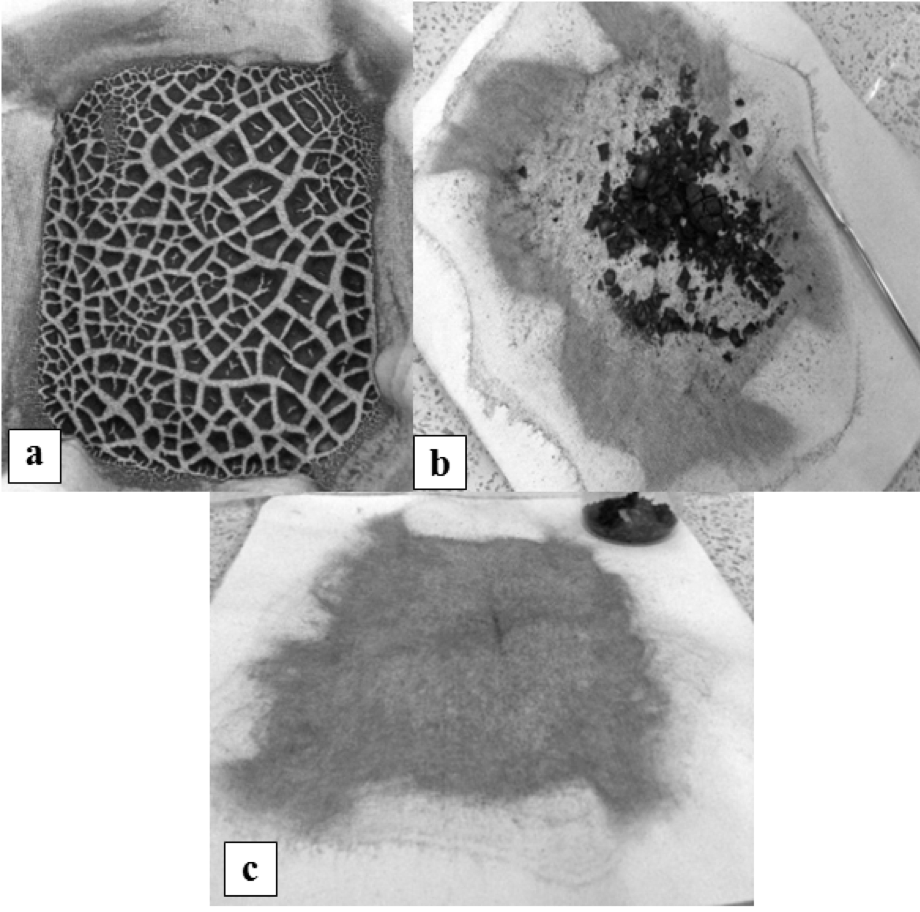 |
|
Microalgae are photosynthetic microorganisms that are studied due to the variety of metabolites that they produce. However, if cultivated in photobioreactors, these devices should be easy to scale up. Also, harvesting and drying the microalgal biomass should be economically viable at industrial scales. Based on this point of view, in this work a 1.5 L cylindrical-conical photobioreactor was designed to cultivate and harvest the microalga Coelastrum sp. under nitrogen limitation. Maximum cell density was 23.47 × 106 cells mL-1. Biomass and lipid productivities after 5 days of nitrogen limitation were 266.24 mg L-1 d-1 and 137.51 mg L-1 d-1 respectively. A lipid content of 45.6% (w/w dry biomass) was attained. A sludge drying bed was also designed to dry the microalgal biomass. The retention filter used in the sludge drying bed allowed a cell retention efficiency of 86.8% and the final water content of the dried biomass was 7.82 % ± 1.99 which allowed the lipid extraction without further drying. The lipid profile after transesterification of triacylglycerides was [C14:0 (3.04%), C16:0 (35.52%), C18:0 (42.50%), C18:1 (14.30%), C18:2 (4.63%)] which indicates that the lipid extract is more suitable for green diesel than biodiesel production.
Keywords: harvest, dewatering, nutrient depletion, lipid content, biofuels
.
|
|
 |

